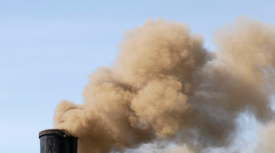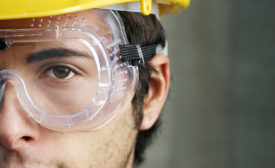Environmental Health and Safety
Public health experts support stronger air quality standards for ozone
"Would provide significant health benefits"
October 9, 2015
Bankruptcy lawyers strip cash from coal miners’ health insurance
Workers often bear the brunt of the coal industry’s decline. One case stands out: 208 Indiana miners, wives and widows whose health care may fall to financial engineering.
October 8, 2015
Become a Leader in Safety Culture
Build your knowledge with ISHN, covering key safety, health and industrial hygiene news, products, and trends.
JOIN TODAYCopyright ©2025. All Rights Reserved BNP Media.
Design, CMS, Hosting & Web Development :: ePublishing




